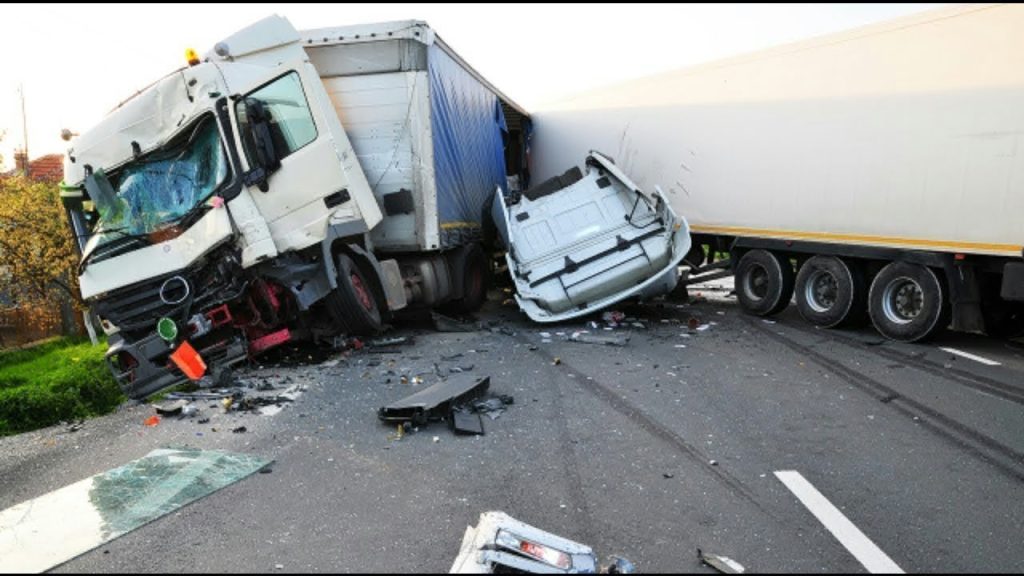Driving on the highway is not a task to approach lightly. Whether the driver is an experienced commuter accustomed to rush hour traffic or a new driver unaccustomed to highway driving, large vehicles like tractor trailers create risk factors that aren’t as prevalent on smaller roadways.
Any driver who heads out on the highway must avoid distractions and focus on their driving and that of others on the road. Car accidents result in millions of injuries and tens of thousands of fatalities every year, so it is vital to do anything necessary to avoid collisions when driving on the highway.
The Number One Cause of Car Accidents Is Distracted Driving
Smartphones have made our lives easier in many respects but have created complications in other ways. One issue that has become a major problem is using phones while driving. Although there are laws against texting and holding a phone while carrying on a conversation on the road, drivers continue to engage in this risky behavior and sometimes even play games, look at social media, or scroll the internet while behind the wheel.
Other activities that distract drivers’ attention from the road include talking with passengers, adjusting the radio, and eating. Unfortunately, many fail to realize that they are putting themselves, their passengers, and other drivers in extreme danger when they fail to devote all of their attention to safe driving practices.
What Are the Other Main Causes of Accidents?
While distracted driving is the top cause of accidents, many other factors lead to injuries and deaths on the road. Some of the reasons accidents occur on the highway include the following.
- Going the wrong way. Many drivers have made the mistake of turning the wrong way down a one-way street, and most quickly realize their error, make the next turn, and avoid a collision. However, when a driver is going the wrong way on a busy highway, the situation can be much more dire. Every year there are between three and four hundred highway deaths due to wrong-way driving.Drivers need to familiarize themselves with their route before hitting the highway, be especially cautious at entrance ramps, and be aware of complicated intersections when making turns. Although some drivers end up going the wrong way due to drug and alcohol use or distractions, it frequently happens because of driver confusion and poorly marked roadways.
- Tailgating. The bad habit of tailgating other drivers often arises when motorists are in a rush, but it can carry over into everyday driving as some always seem to be in a hurry to get where they are going. When a driver is too close to the front of them, they often fail to realize that they cannot stop in time to avoid a crash when the other car brakes, no matter how closely they are paying attention. Besides the threat of injury, tailgating is a poor driving practice, as the driver of the car who rear-ends the other is almost always at fault. Even if they try to use the defense that the driver in front stopped short, most insurance adjusters are wise enough to know that they were not following at a safe distance.
- Reckless driving. Many factors contribute to “reckless driving,” including the aforementioned reasons for accidents. It is common for young drivers to be reckless on the road due to inexperience, but even seasoned motorists often fail to consider the potential ramifications of their driving habits. Failure to consider the dangers of reckless driving puts everyone on the highway in danger, especially when you consider that drivers are sharing the road with tractor trailers that weigh twenty times as much as a typical sedan.
- Speeding. When police investigate traffic accidents, they find that, more often than not, speed was a factor in the collisions. When speed is combined with other dangers such as distracted driving, the driver’s ability to safely navigate a dangerous situation is greatly diminished. It may seem obvious, but many drivers actually fail to realize that a crash at a high rate of speed does much more damage than one at a lower speed. Even though vehicles are often equipped with features meant to protect passengers in an accident, their effectiveness often relates directly to the speed the car is traveling when the crash occurs.
- Drunk driving. Law enforcement officials and legislatures have been cracking down on DUI for decades, but drivers continue to engage in this extremely risky behavior, nonetheless. Even when a driver doesn’t feel intoxicated, their reaction time is impaired if they have been using drugs or alcohol, and deadly accidents occur. No matter how the driver feels, the best practice is to never get behind the wheel after drinking even a small amount of alcohol or using any type of drug.
- Rainy road conditions. Although most drivers are cautious if there is ice or snow on the road, some fail to realize that rain can be just as much of a hazard. When it has been dry for a while, small amounts of oil that drip from the thousands of cars on the highway create a film that can combine with rain and create very slippery roads. The term for this occurrence is “viscosity,” which is how experts describe the effects of this film on stopping distance. The best way to avoid accidents when it is raining is to slow down, avoid distractions, and follow other vehicles at an increased distance.
If You Are Injured in an Accident, Our Team Can Help
When accidents occur on the highway, injuries can forever change an individual’s life. If you have been involved in a collision and sustained injuries, you may need the help of an experienced Sacramento car accident attorney to get the compensation you deserve. The team at Guenard & Bozarth, LLP Personal Injury Attorneys has the knowledge and skill to help you navigate the court system and achieve the best possible outcome. Contact Guenard & Bozarth online to see how we can help you.


